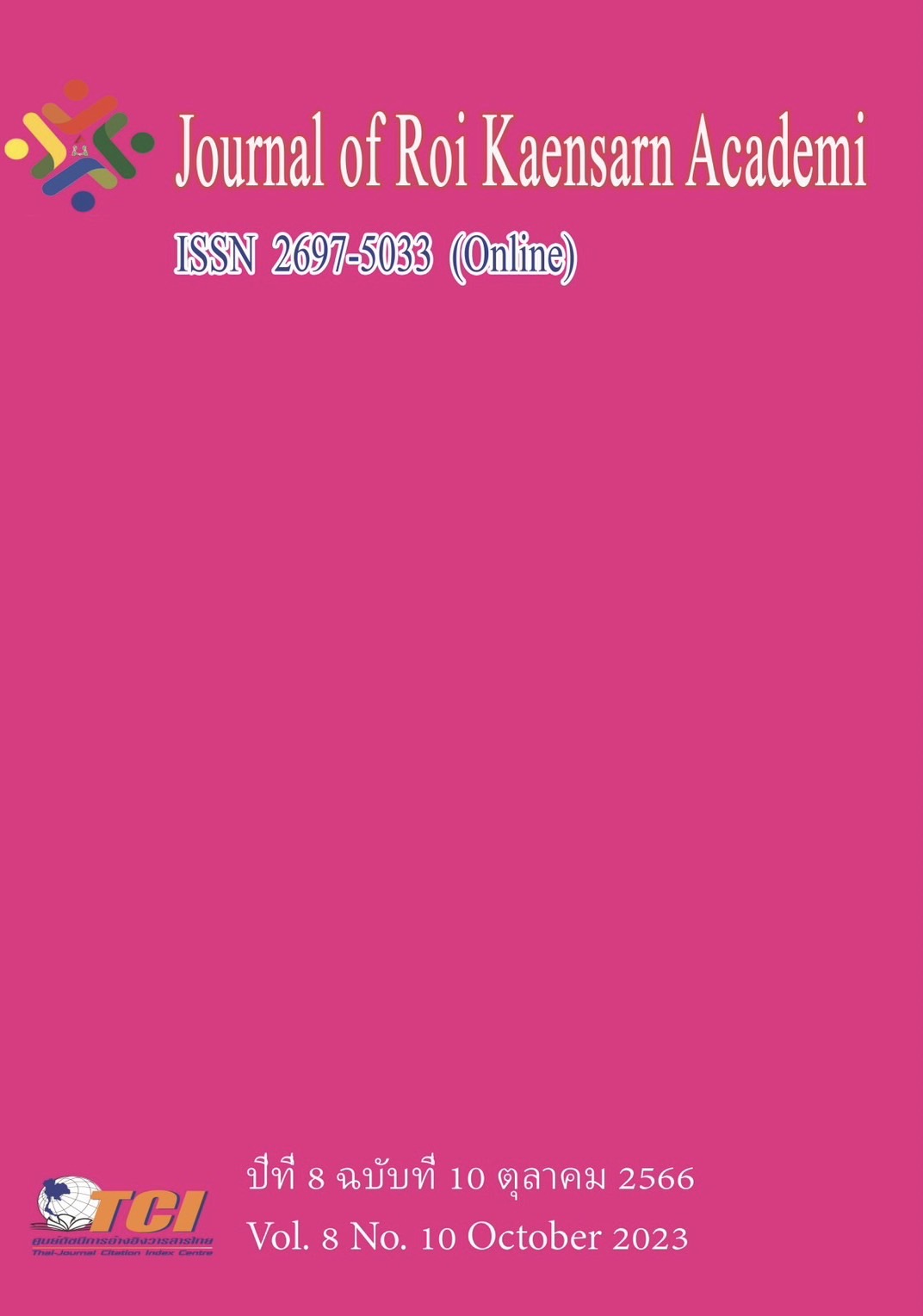Research on the Path to Realize the Functions of Academic Student society in Chinese Universities
Main Article Content
บทคัดย่อ
This study is to explore the influencing factors of their innovation behavior. Based on this argument and relevant literature, three basic potential variables of the model are constructed, namely: the motivation of club members to participate in activities, the innovation atmosphere of club organizations, and the innovation behavior of club members. There are four hypotheses in total, To build a "theoretical model for the realization of innovative functionality of academic Student society in Chinese universities". Data was collected through online questionnaires, and statistical tests were conducted using SPSS22.0 and AMOS24.0 software. The statistical tests included descriptive statistical analysis, reliability and validity testing of test items, model fitting testing, research hypothesis testing, and mediation effect testing.
The results show that: (1) the participation motivation of the members of academic Student society in Chinese universities has a positive impact on the innovative behavior of the members of the associations; (2) the organizational innovation climate of academic Student society in Chinese universities has a positive impact on the participation motivation of the members of academic Student society in Chinese universities; (3) the participation motivation of the members of academic Student society in Chinese universities has a positive impact on the innovative behavior of the members of the associations; (4) The participation motivation of the members of academic Student society in Chinese universities plays a mediating role between the participation motivation of the members of academic Student society in Chinese universities and the innovative behavior of the members of the associations; Finally, based on the research findings, several corresponding research suggestions were proposed.
Article Details
เอกสารอ้างอิง
Amabile, T.M., Conti, R., Coon, H., Lazenby, J. and Herron, M. (1996). Assessing the work environment for creativity. Academy of management journal. 39 (5), 1154-1184.
Cui J, Liu Z.H., and Liu H.Z. (2023): The Impact of Organizational Innovation Atmosphere on the Innovative Behavior of Knowledge Workers: A Multilayer Mediation Model with Regulating Effects, Chinese Journal of Personnel Science. (2) 62, 41-52
Huang Q.F. and Tang N.Y. (2016). Internal motivation vs. external motivation: How to stimulate individual innovation behavior. Journal of Shanghai Jiao Tong University: Philosophy and Social Sciences Edition. 24 (5), 70-78.
Yang Y. (2021). Research on the impact mechanism of organizational innovation values on employee innovation behavior. Yunnan University of Finance and Economics. Doctoral thesis.
Gu Y.D., Zhou W.L., and Peng J.H. (2019). Negative Emotion and Employee Creativity: A Study on the Moderating Effect of Organizational identification and Professional Identity. Journal of Management science. 22 (6), 21-35.
Wang H. and Chang Y. (2017). The impact of organizational innovation atmosphere and work motivation on employee innovation behavior. Management science. 30 (3), 51-62.
Woodman, R.W., Sawyer, J.E. and Griffin, R.W. (1993). Toward a theory of organizational creativity. Academy of Management Review. 18 (2), 293-321.

